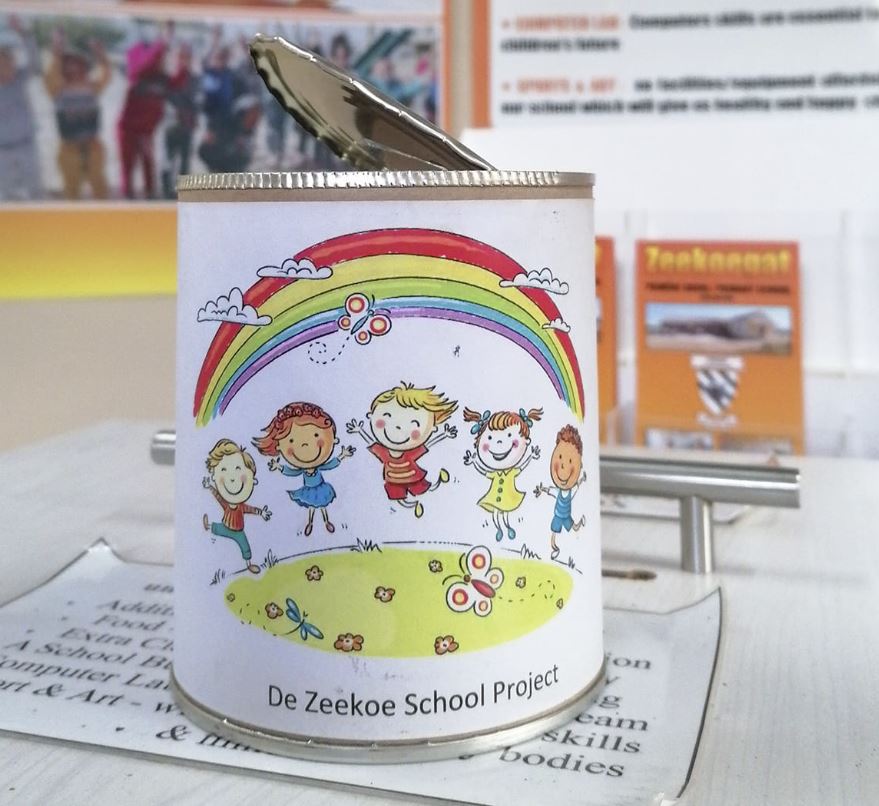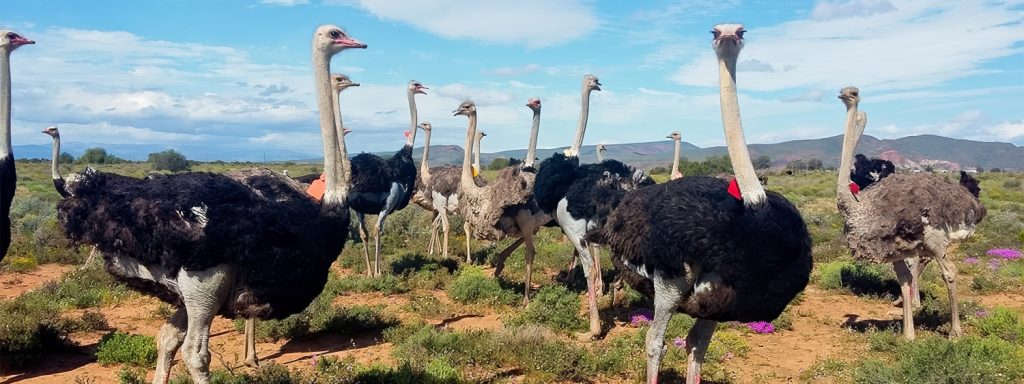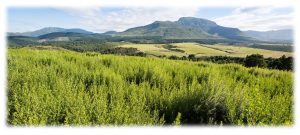
Honeybush is part or South Africa’s unique fynbos biome. The name Honeybush probably owes its name to the yellow, honey-scented flowers that cover the bushes during spring.
The bushes grow wild in the Western and Eastern Cape provinces in South Africa.
All 23 known honeybush species belong to the genus Cyclopia. The most popular species used for Honeybush tea are Cyclopia subtemata (vleitee) and Cyclopia intermedia (bergtee).
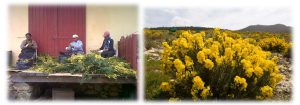
Long ago, honeybush teas were used and were known as “blommetjiestee” (translated flower-tea). Today most of the Honeybush tea crops come from people harvesting wild-growing honeybush. At harvest time, the shoots (leaves and twigs) of the plant are cut and gathered into bundles. At the processing plant the material of the plant is cut off and then fermented. The final steps involve drying, sieving, grating and packing of the Honeybush Tea. Every honeybush species has a different flavour profile and often two or more species are blended to ensure a more consistent product.
Honeybush Tea health benefits:
• Honeybush teas are rich in antioxidants, low in tannin and contains no caffeine.
• Honeybush prevent colds and allergies and it’s high in calcium, copper, zinc, magnesium, potassium and sodium.
• Honeybush tea can just as Rooibos tea be served hot or cold.
• Honeybush tea make a wonderful iced tea.
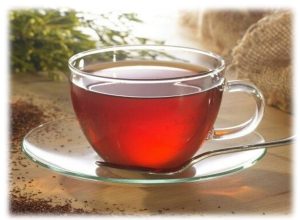
Honeybush ice tea recipe
Ingredients: 3 honeybush tea bags
500ml water
1 lemon zest
Place the honeybush tea bags and water in a saucepan and bring to a boil. Remove from the heat and leave to rest for about 8 – 10 minutes. Refrigerate until chilled.
To serve, stir in the lemon zest and ice cubes. Garnish with honeybush flowers or a mint leave, sit back and enjoy!


